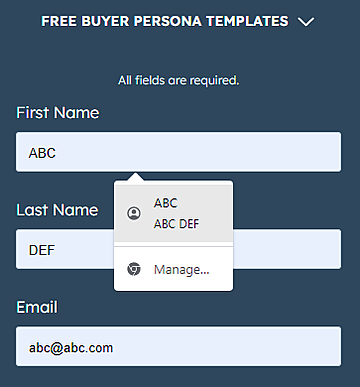Introducing the Secrets to Successful Website Design

Crafting a captivating digital presence is more than aesthetics; it’s about functionality and user engagement. Effective website design involves a blend of art and science, combining visually appealing elements with seamless usability.
Importance of User-Centric Design
Putting the user at the heart of the design process is fundamental. Understanding user behavior and preferences is pivotal in creating an intuitive and satisfying browsing experience. By seamlessly aligning design elements with the user’s expectations, businesses can forge a connection that goes beyond aesthetics, fostering a sense of resonance and loyalty that lasts throughout the entire user journey.
Elements of a Successful Website
A successful website hinges on various elements such as visual appeal, functionality, compelling content, and seamless navigation. Each element plays a vital role in engaging visitors and converting them into loyal users. It’s not just about capturing attention but also about creating a cohesive digital environment where every aspect collaborates harmoniously, ensuring a memorable user experience that encourages return visits and sustained interaction with the brand.
Responsive Design and Mobile Optimization
In today’s mobile-driven world, optimizing websites for various devices is crucial. Responsive design ensures a consistent experience across different screens, enhancing accessibility and user satisfaction. As users seamlessly transition between devices, a responsive approach not only adapts to different screen sizes but also underscores a commitment to meeting the evolving needs of an on-the-go audience, providing a user-centric experience that transcends the limitations of traditional browsing.
SEO and Website Design
Combining SEO principles with design strategies is imperative for visibility and reach. Aligning content, keywords, and site structure enhances search engine rankings, driving organic traffic. A symbiotic relationship between SEO and design not only ensures that the website is discoverable by search engines but also optimizes the user experience, creating a harmonious balance that maximizes both visibility and user engagement.
Navigation and User Experience
Smooth navigation and an intuitive user interface are pivotal in retaining visitors. Easy-to-find menus and clear pathways improve user experience, reducing bounce rates. When users effortlessly navigate through a website, it fosters a sense of ease and satisfaction, encouraging prolonged engagement. By prioritizing user-friendly design, businesses not only retain visitors but also lay the groundwork for increased conversions and brand loyalty, building a positive online reputation.
Color Theory in Web Design
Colors evoke emotions and convey messages. Employing a strategic color palette enhances brand identity, impacts user perceptions, and influences actions on a website. Beyond aesthetics, colors create a visual language that communicates the essence of a brand. By thoughtfully choosing colors that resonate with the brand’s personality and align with its messaging, businesses can create a visually compelling online presence that not only captures attention but also establishes a memorable and cohesive brand image in the minds of users.
Typography and Readability
Choosing the right fonts and optimizing readability elevates content presentation. Clarity and legibility improve user engagement and comprehension. Fonts play …read more
Source:: Social Media Explorer








